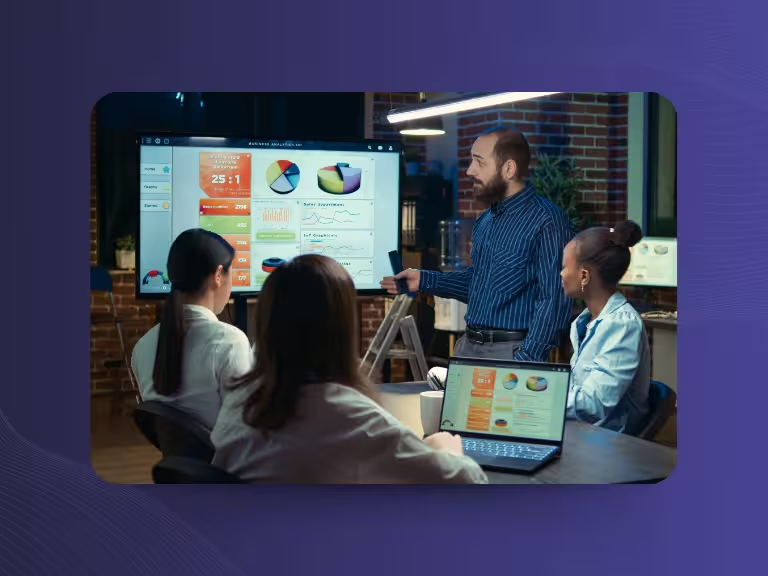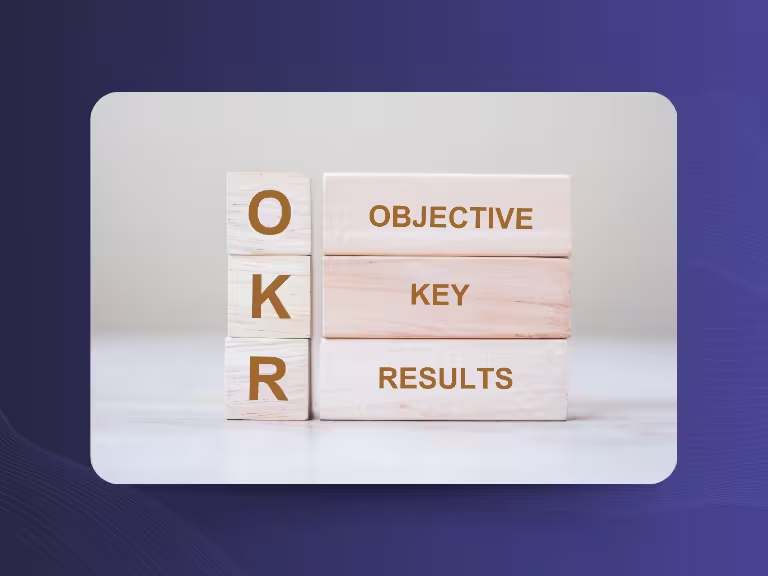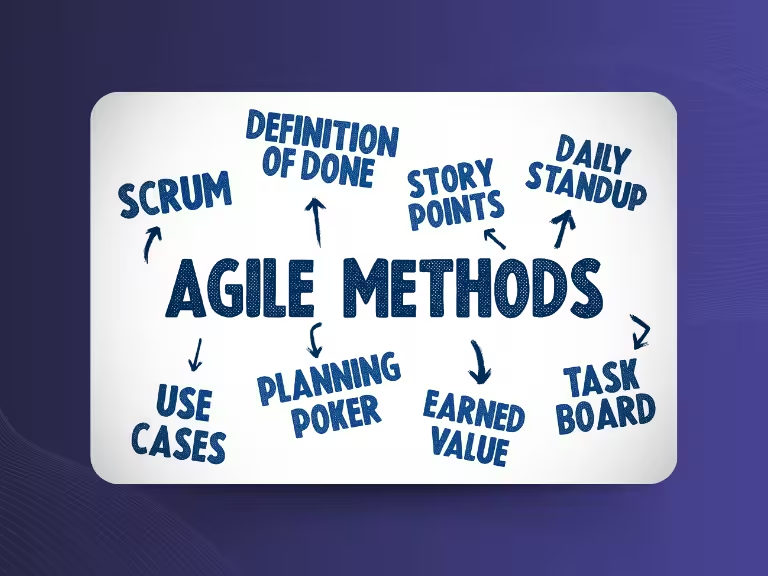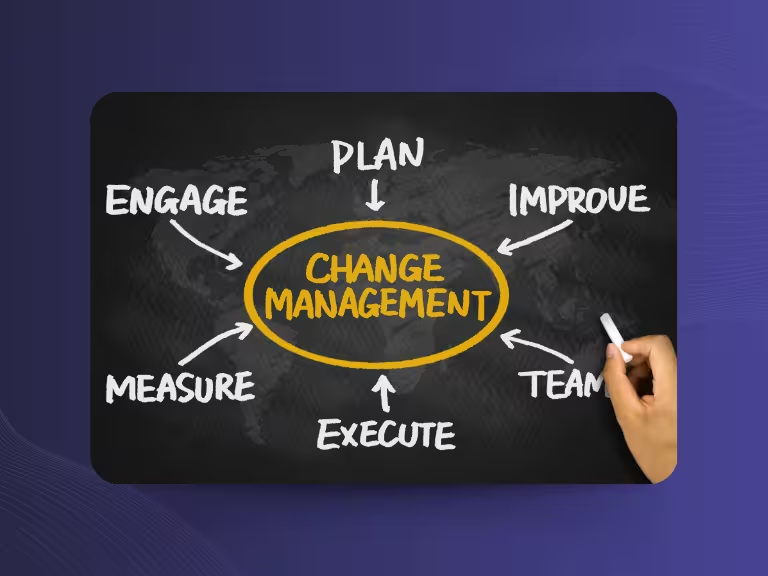Meeting Analytics revolutionizes the way companies evaluate and optimize their meetings. While traditional approaches merely capture the number or duration of meetings, data-driven meeting analysis provides profound insights into efficiency, engagement, and productivity. In an era where employees spend up to 50% of their working time in meetings, these analytics are becoming increasingly important.
The main goals of Meeting Analytics are clearly defined: increasing efficiency through measurable data, boosting productivity through optimized processes, cost savings through reduced meeting times, and improved employee satisfaction through more meaningful discussions. This article shows you how to successfully implement Meeting Analytics and which tools and strategies help sustainably improve your meetings.
What is Meeting Analytics? – Basic Concept and Benefits
Definition and Significance
Meeting Analytics refers to the systematic collection, analysis, and evaluation of data surrounding meetings and discussions. Unlike conventional meeting time tracking, which only documents duration and participant numbers, data-driven analysis uses various metrics for comprehensive assessment of meeting quality.
The difference becomes particularly evident in modern work environments: while traditional methods function reactively, Meeting Analytics enables proactive optimizations. This is especially relevant for remote and hybrid meetings, where non-verbal communication is limited and digital tools offer additional analysis possibilities.
Goals and Benefits of Meeting Analytics
Efficiency improvement stands at the center of Meeting Analytics. Through transparent data on duration, frequency, and costs, companies can implement targeted optimization measures. A Harvard Business Review study from 2023 shows that employees have doubled their time in meetings over the past decade – a clear signal for the necessity of data-driven management.
At the same time, Meeting Analytics contributes to improving meeting culture and reduces the dreaded "meeting fatigue." Through analysis of participant engagement and promotion of an active meeting culture, sustainably more productive work environments emerge.
Key Metrics and Methods for Meeting Analysis
Quantitative Meeting Metrics
The foundation of every meeting analysis consists of quantitative metrics. Meeting duration and frequency provide initial insights into potential optimization areas. The number of participants and their actual participation shows whether meetings are properly dimensioned.
Cost factors are particularly revealing: time and money expenditure can be precisely calculated. Average meeting costs in companies amount to several thousand euros per year – a sum that can be significantly reduced through targeted analytics measures.

Qualitative Aspects and Engagement Measurement
Modern Meeting Analytics go beyond pure numbers. Analysis of conversation shares and interactions shows how balanced participation is. AI-based tools can recognize moods and non-verbal signals – from facial expressions to pauses in conversation flow.
Evaluating agenda adherence and topic focus helps structure future meetings more effectively. These qualitative aspects are crucial for long-term improvement of meeting productivity.
Psychological Factors in Meetings
The influence of team dynamics and emotional intelligence on meeting effectiveness is often underestimated. Trusting relationships between participants lead to more open discussions and better decisions. Sentiment analysis as part of modern Meeting Analytics can make these psychological factors measurable and provide valuable insights for team leadership.
Tools and Technologies for Effective Meeting Analytics
Overview of Current Solutions
Current meeting analytics tools offer comprehensive features: audio and video recording, automatic transcription, and AI-based evaluation are standard. An exemplary example is Sally, a GDPR-compliant AI meeting assistant that automatically joins online meetings and logs them.
Sally integrates with over 8,000 tools, including CRM systems and project management platforms. The automation of meeting workflows not only saves time but also ensures complete documentation of all important discussions.
Integration and Embedding in Existing Systems
Seamless connection with Microsoft Teams, Zoom, and other platforms is crucial for the success of Meeting Analytics. Integration with CRM, HR, and project management software enables holistic analyses that go beyond individual meetings.
Data protection and compliance are central aspects in tool selection. GDPR compliance is not only legally required but also an important trust factor for employees.
Implementation Challenges and Their Solutions
Employee acceptance problems are a common hurdle. Transparency about the benefits of analytics and comprehensive training create trust. Technical hurdles and adaptation to existing IT landscapes often require customized solutions.
An iterative introduction with continuous feedback has proven to be the most successful strategy. This allows companies to gradually demonstrate benefits and reduce resistance.
Best Practices and Strategies for Productive Meetings Using Analytics

Preparation: Setting Agenda and Clear Goals
A structured meeting agenda is the foundation of efficient discussions. Distribution of meeting information in advance and clear expectation management ensure goal-oriented discussions. Analytics tools can help standardize and improve this preparation.
Execution: Fostering Engagement and Using Time Efficiently
Methods for active participation such as round-robin discussions or live polls increase engagement. Continuous use of real-time feedback tools helps involve all participants. Professional handling of disruptions and maintaining focus are decisive factors.
Follow-up: Monitoring and Continuous Improvement
Analyzing meeting data to identify optimization potential is a continuous process. Using automatically generated transcripts significantly facilitates documentation and follow-up. Regular reviews and adjustments based on analytics results create a culture of continuous improvement.
Case Studies of Successful Meeting Optimization
A global IT service provider was able to reduce meeting time by 20% and increase employee satisfaction by 15% through the use of Meeting Analytics. A medium-sized company significantly improved its decision-making processes through real-time feedback and shortened the time from discussion to implementation by an average of 30%.
Perspectives and Trends: The Future of Meeting Analytics
Long-term Effects on Corporate Culture and Productivity
The sustainable change in meeting culture through data-driven management is already showing initial successes. Companies report improved work-life balance through reduced meeting times and more focused discussions. This cultural transformation has a positive impact on the entire work atmosphere.
Evolution Through AI and Psychological Metrics
The integration of mood and behavior analysis in real-time will shape the next generation of meeting analytics tools. Personalized participant feedback based on individual communication styles and preferences will make meetings even more effective.
Importance of Data Protection and Ethical Standards
GDPR compliance is developing into an important competitive factor. Responsible handling of sensitive meeting data is increasingly becoming a quality feature of serious analytics providers. Transparency and data security are non-negotiable.
Conclusion: Meeting Analytics as the Key to More Efficient Meetings
Meeting Analytics are far more than simple time tracking – they are a comprehensive instrument for transforming meeting culture. The key insights show: data helps systematically control and optimize time, costs, and engagement.
For successful implementation, a gradual introduction with Sally is recommended, which offer GDPR-compliant solutions for automated meeting logging and analysis. Integration into existing systems and consideration of psychological factors are crucial for long-term success.
Start now to optimize your meetings with data-driven insights. The investment in Meeting Analytics pays off not only through cost savings but also sustainably improves meeting culture and employee satisfaction. A more productive work environment is the result of systematic analysis and continuous improvement.

Test Meeting Transcription now!
We'll help you set everything up - just contact us via the form.
Test NowOr: Arrange a Demo Appointment





